Check out this how-to video and learn how to build a SAFE hydrogen generator. Be sure that you test volts vs. amps for safety reasons! Follow along with this instructional video, and start making some sweet, sweet hydrogen.
Just updated your iPhone? You'll find new emoji, enhanced security, podcast transcripts, Apple Cash virtual numbers, and other useful features. There are even new additions hidden within Safari. Find out what's new and changed on your iPhone with the iOS 17.4 update.



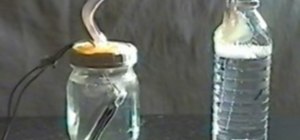

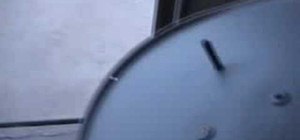
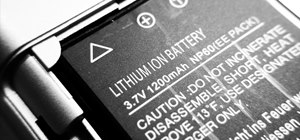

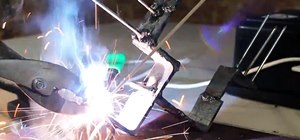
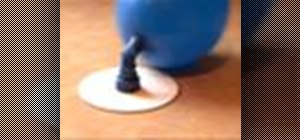

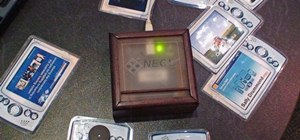
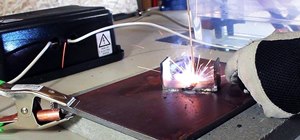

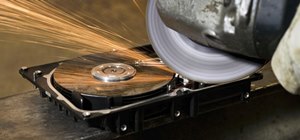
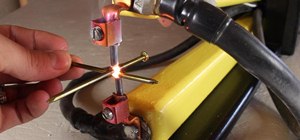
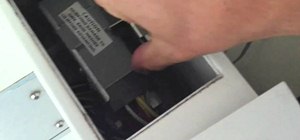

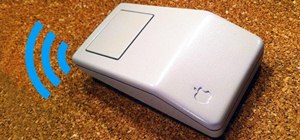

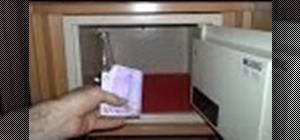
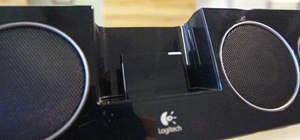
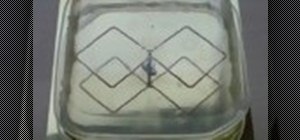
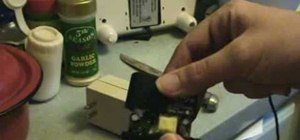

26 Comments
Very informative, good vid!
Also, what song did you use in your video?
100 amps!!! WOAH that is huge!!!!! 2 amps can kill you so 100 amps!!!!
Less than half and Amp can kill you at 150 volts too
0.3 Amps in a dry area
0.03 Amps in a wet area!
I'VE NOT SEEN THE MOVIE YET
if you put a power suply on it wish can deliver 100 amps
to wont say that there exaly 100 amps go trough your "generator"
the only way to get more amps trough your generator is to make a bigger "ce"
nice generator, but i think you forgot to mention that it also generates oxygen
You are correct edzard94 - the device will generate both. I performed this experiment separating the anode and cathode into separate submerged test tubes with carbon rods (and a much less lethal current) to capture the oxygen and hydrogen gas independently when I was a kid.
hardbassbv is correct- just because you have a power supply that is capable of a 100 amps doesnt mean that is what is being consumed. Your computer does not consume 15 amps just because it is plugged into a 15 amp outlet. Try putting an ammeter in series with the positive wire just before the generator, set your supply at 100 amps and see what is actually being consumed. The size of the plates, the spacing, the salt (or other catylist)and its mixture ratio will determine the current draw. Think of the generator as a resistor in a circuit; the less resistance, the more current draw. Therefore, just by changing the spacing between plates will change the resistance; the further apart the more resistance. The goal is to have a lot of bubbles with the least amount of current (more resistance). Also, keep in mind the size and quantity of plates will determine the volume of water the current has to go through as well. Electrons will travel the shortest distance to ground, dont put your finger in the water to find out!
The more salt you put in , the less resistance. Salt (or other catylist) will help electrons move through the water easily creating less resistance. Now, with these factors considered, you can try different combinations in SMALL increments (dont go from 1 tsp of salt to 1 cup of salt) REMEMBER YOU DONT WANT TO HAVE TOO LITTLE RESISTANCE IN YOUR GENERATOR - THIS IS DANGEROUS, and far from the goal - LIKE HAVING A DEAD SHORT - YOU CAN DIE , OR AT THE VERY LEAST, START A FIRE WITH YOUR POWER SUPPY!! Be smart and ALWAYS test your generator's new configurations with the plates far apart, then bring them closer together in small increments to increase current draw (less resistance). Always monitor the ammeter after making these changes. Dont forget to log your changes; once you find that perfect combination, you will want to do it again. The goal is to have a lot of bubbles with the LEAST amount of current draw (more resistance). Challenge yourself and others; tr
well, ive never built one of these before and this idea just came to me. When you think of the mentos and diet coke reaction, a key factor comes to my mind about the reaction; the surface texture of the mentos. It is rough with lots of pits. Also, if you are installing an electrical outlet in your home the LAST thing you want to do is sand the stripped wire ends of the the wires before connecting them. Why? Because this promotes electrical arching. Ask an electrician. However, when making a hydrogen generator, the whole point is making electrical archs. Why not sand the plates using 60 or 100 grit paper in all directions to create a surface like mentos which will promote MORE electrical archs? Give it a try , then reply to me to let me know if it worked. Ive always seen people use smooth plates which never made sense to me.
Another idea, if you are using stainless steel plates, you might want to hit the plates with a metal meat tenderizer mallet on a metal or concrete surface to create a rough pitted surface on the plates like mentos.
It doesn't give off chlorine gas..... go take a chemistry class, general chemistry should cover that much.
Hydrogen and chlorine bond at room temperature to make hydrochloric acid, which is a white gas. That can become heavily concentrated in water.
Chlorine is a yellow/green gas.
Of course the output of your generator is rather.... small so maybe you wouldn't have noticed the color or something along those lines.
Smooth plates help bubbles overcome static friction and leave the plate sooner where as a rough surface would keep the bubble for longer reducing the overall output. A bubble stuck to the plate reduces the surface area of the plate for however large it is.
The reason this works well with mentos is because mentos decays with the reaction so the crevices that would catch bubbles simply erode away.
what about the tape that dissolve? why not use something
like heat resistant plastic with zinc screws instead? Especially
since I intend to use it on my gas guzzler pick-up
hydrogen bomb?? lol
This is extremely interesting! But, is there a way to collect the hydrogen separate from the Chlorine gas?
I dont think so. You could get an extremely good air filter.
How would you use the hydrogen to create power??
you can but it's useles because you use power to create hydrogen. but you can use is for cars.
True,True.
Extremely informative great vid.
Nothing wrong with it at all.
well it possable to do this however can you charge a cyclen to enought pressure to get a gas heater in the house to fire up and save on the cost for gas also how long will it take to get pressure build up in this system ??
A *much* easier way to make hydrogen gas is through a simple chemical reaction rather than through electrolysis of water. I've done both.
Simply grind up some aluminum (say from a soda can) with a metal file. Combine this with Crystal Drain Opener (which is almost pure sodium hydroxide crystals) in a glass container. Combine water. BE VERY CAREFUL - the reaction is not only quite exothermic but if you get any material on your skin or eyes you can suffer serious alkali burns. Always wear gloves and protective eye wear. The reaction produces aluminum oxide (an insoluble precipitate that will ruin your glassware) and voila - hydrogen gas!
2 Al(s) + 6 NaOH(aq) ? 3 H2(g) + 2 Na3AlO3(aq)
We use to place a garment bag over the flash and trap the hydrogen gas and then spark it like a homemade Hindenburg. Maybe I'll upload a video here sometime. Have fun!!!
Sorry - my reaction above was not balanced but some bored chemistry nerd can do the math.
NOT SAFE!!! HE SAID SODIUM HYDROXIDE IS NOT CORROSIVE. SODIUM HYDROXIDE IS ONE OF THE MOST CORROSIVE CHEMICALS IN EXISTENCE! IT IS ONE OF THE STRONGEST ALKALINE CHEMICALS TO EVER EXIST!
perty cool
thanks...................
Share Your Thoughts